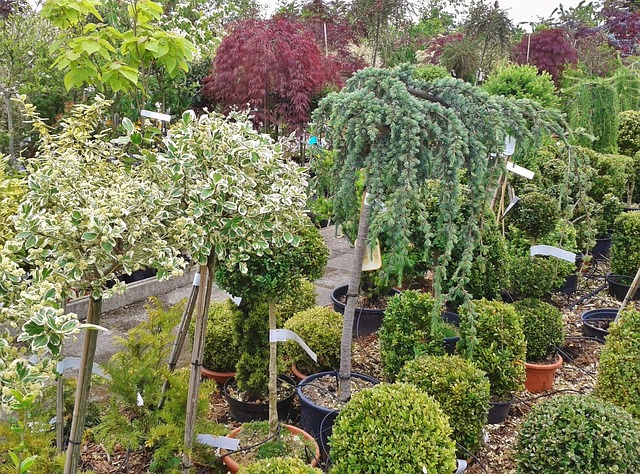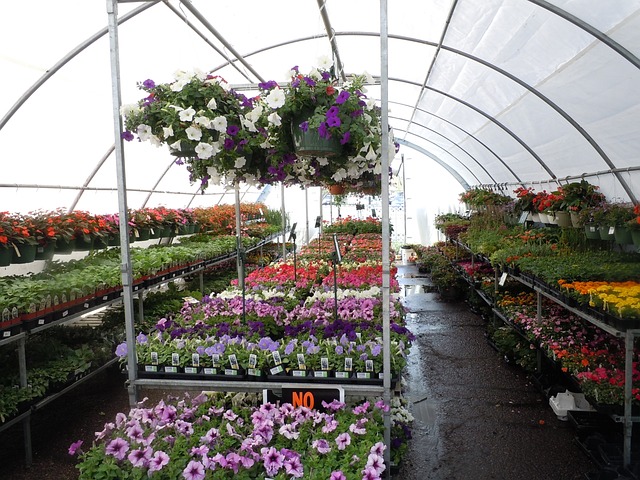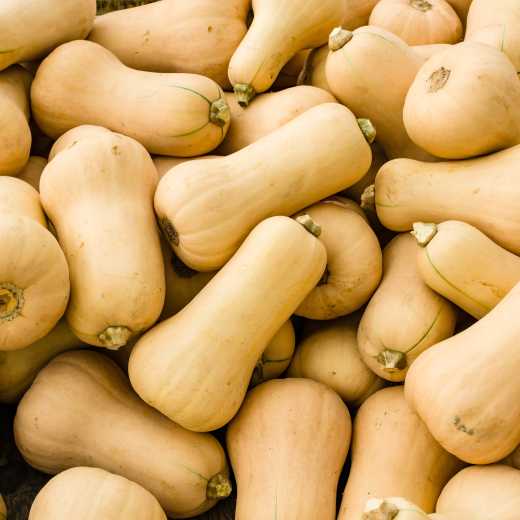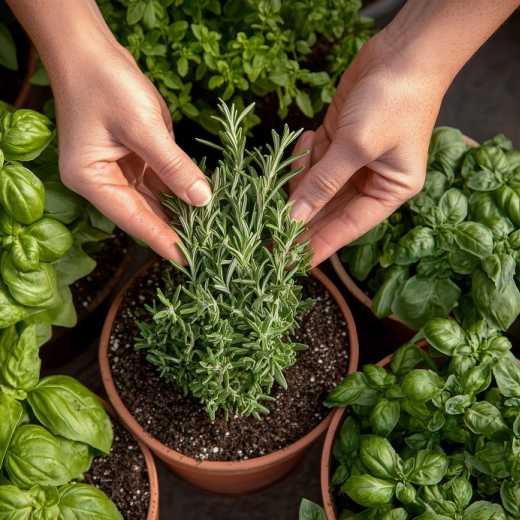Garden Resolutions for the New Year

While we are enjoying some gardening downtime in front of the fireplace during the cold weather, it's a good time to make some resolutions to improve our garden as well as our well-being in the new gardening season. According to the Centers for Disease Control and Prevention, an activity of moderate intensity such as gardening for 2 ½ hours each week can reduce the risk for high blood pressure, obesity, type 2 diabetes, osteoporosis, heart disease, stroke, colon cancer, and premature death. It is scientifically proven that gardening helps ward off depression. It is difficult not to enjoy life when surrounded by flowers, vegetables, and the resulting pollinators and wildlife they attract.
Substances found in the soil promote endorphins in the brain to make us feel good. Working in the yard is way easier and more fun than running 10 miles to get that same effect. The smell of Mycobacterium vaccae, a microorganism found in soil, compost, and leaf mold, lights up neurotransmitters that release serotonin, the feel-good hormone.
Gardening exercises all parts of the body and builds muscles. Gardening exposes you to sunlight that provides vitamin D, which helps prevent osteoporosis and has been linked with preventing dementia and Alzheimer’s and Parkinson’s diseases. Gardening is therapeutic. Pulling weeds helps expend stress so you get free therapy and tomatoes. The question is not “Why garden?” but “Why not garden?” The following are some basic recommendations to get you started.
Have a plan. Now is the time to decide how you will go forward with the new gardening season. Going to the local garden center on a beautiful spring day without a plan can be an adventure but having a plan in mind will save you time and money. A plan guides you in buying the correct plants, the correct size of plants, and the correct number of plants. It also helps to prevent you from getting home with a car full of pink and orange annuals that will only bloom for two weeks and look like weeds the rest of the summer.
Build the soil. Good soil is the key to having a good garden. Get a soil test if you haven’t had one recently and follow the guidelines. Some of the best things to improve your soil, no matter what kind of soil you have, are compost and leaves.
Mulch, mulch, mulch! Use organic mulches such as chopped leaves, untreated grass clippings, shredded bark, and compost. Wait until your flowers and vegetables are up and growing well and add a 3 to 4 inches of mulch around them to conserve moisture, smother weeds, improve soil fertility, feed the plants, and make your landscape look better. Do not be enticed into buying the cheap dyed mulches that are not attractive and can harm your plants. Dyed mulches are often made from old ground-up pallets that may contain wood treated with chemicals such as arsenic. The artificial dyes leach into the soil and can harm plants and stain surrounding structures. It is hard enough for plants to survive hot summers without surrounding them with black mulch that absorbs even more heat. Mulch can save up to 80% of your time and effort working in the garden. “You don’t spit in the wind, you don’t tug on Superman’s cape, and you don’t scrimp on those mulches” (Felder Rushing).
Plant some native plants. Native plants naturally grow well because they are adapted to native soils and climates. If you want native birds, pollinators, and butterflies in your garden, you must have some native plants that attract them and provide food, shelter, and nurture for them and their caterpillar babies.
Spend time in your garden. If you observe your plants often you will notice when small problems arise and will be able to intervene quickly to prevent major pest, insect, or disease infestations from doing major damage. It is much easier to prevent a problem or deal with a minor problem than to try to deal with diseases or insect infestations that have gone unnoticed and have been allowed to become major problems.
Don’t use pesticides. Use IPM – Integrated Pest Management. Let the birds and beneficial insects take care of insect control for you. Make sure the insects you see are the “bad guys” and not the “good guys” taking care of the “bad guys” for you. Make sure the insects are actually eating your plants. Many insects are carnivores and not herbivores. Use a sharp spray from the hose, handpicking, or insecticidal soap if you think nature needs a little help getting rid of an overabundance of insects. Pesticides destroy all wildlife, including the good guys. If you kill all the insects, there will be no food source for wildlife. Healthy plants can withstand a little nibbling from the bad guys. Healthy native plants can definitely withstand some insect damage and often thank them for the pruning and grow back even more vigorously.
Plant the right plant in the right place. If you put the right plants in good soil and the right environment, they will grow and prosper. If a plant is recommended for shade or part shade, you are dooming it to a quick death if you plant it on the west side of a structure where it will receive full heat and sun. If a plant tag says sun/part shade, it will always do better in part shade from a tree or from planting on the east side of other plants or a structure.
Put plants where they have enough room to reach their full size without pruning. Don’t plant a crepe myrtle tree that will eventually get 20 feet tall in the 4-foot-tall space between your front door and the sidewalk, and don’t commit “crepe murder” to try to keep it smaller. The mutilated crepe myrtles you see at all the drive-throughs, medical offices, and commercial buildings are perfect examples of what a crepe myrtle should never look like. Crepe myrtles do not bloom more if “crepe murder” has been committed on them.
Water deeply and less often. Roots go where the moisture is, so water deep and the roots will go deep. If you just sprinkle the top of the soil frequently, the soil will dry out quickly in hot winds and the roots will cook in the summer sun.
Read more about gardening. There are some great gardening books and magazines. Many plants that grow in the northeast where many gardening books are written do not do well in more southern zones because of the heat, humidity, and drying wind. Some excellent reading material for southern gardeners (zone 7 and south) are: Southern Living Magazine; Passalong Plants (Steve Bender and Felder Rushing); Lasagna Gardening (Patricia Lanza); Tough Plants for Southern Gardens (Felder Rushing); Slow Gardening (Felder Rushing); and for my own home state there are Best Garden Plants for Oklahoma (Steve Owens and Laura Peters) and Oklahoma Gardener’s Guide (Steve Dobbs).
Get to know other gardeners. Learn about gardening from other gardeners who know from experience what grows best in your area. The best way to meet other gardeners is to enroll in a gardening class and/or join a garden club. A local gardening class will teach you what grows best in your area and how to grow it. Gardeners not only love gardening but love sharing information and plants with others.

National Garden Clubs, Inc. is a 501(c)(3) organization that aims to promote the love of gardening, floral design, and civic and environmental responsibility. There is a local club near you, click here to find one and join. Subscribe to the NGC’s blog by entering your e-mail here. You do not have to be an NGC member to subscribe. NGC welcomes blog article submissions, e-mail the Blog Administrator at blog@gardenclub.org.

 Member Login
Member Login






